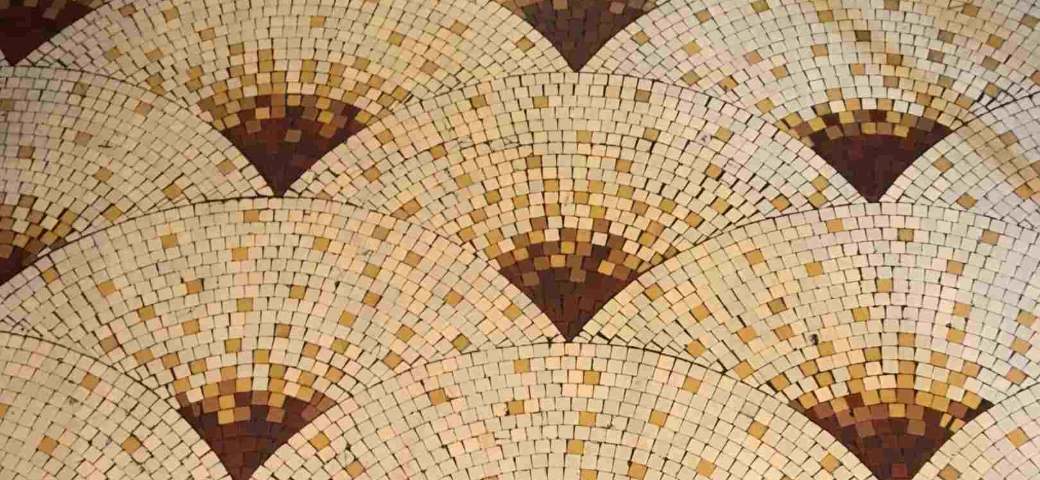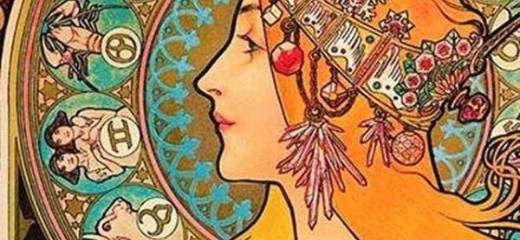Art Nouveau, also known as the Modernisme, Jugendstil and up to 40 different names, was a style that emerged in the late 19th century and was characterized by organic, flowing lines and patterns inspired by nature. It was a reaction against the rigid, academic styles that were dominant at the time, and it sought to bring a sense of beauty and harmony to everyday objects.
This art style had a significant impact on the arts and design during the late 19th and early 20th centuries. It influenced architecture, furniture design, graphic design, and other decorative arts. Many of the most famous Art Nouveau designers, such as Hector Guimard and Antoni Gaudí, were architects who used the style to create innovative and expressive buildings.
Art Nouveau also had a profound influence on the graphic arts, with many designers using the style to create posters, advertisements, and other printed materials. The style was particularly popular in Europe, and it spread to North America and other parts of the world.
In recent years, the influence of Art Nouveau has continued to be felt in the fields of design and architecture. Many contemporary designers and architects have been inspired by the organic, flowing lines and patterns of Art Nouveau, and the style has continued to influence the way that we think about aesthetics and design.
Art Nouveau continues to influence contemporary art and design. You could highlight examples of contemporary art and architecture that draw on Art Nouveau motifs and design principles.
However, while Art Nouveau was celebrated by many, it was also subject to criticism. There are a variety of reasons why some people may not like Art Nouveau.
Some people may find the style too ornate or overly decorative, preferring more minimalistic or modernist styles. These individuals may value clean lines and a simplified aesthetic, which Art Nouveau does not necessarily offer. They may appreciate more straightforward designs and have a preference for less intricate patterns and motifs.
Others may find the organic, flowing lines of Art Nouveau to be too unconventional or unusual, and may prefer more traditional or classical styles. These individuals may appreciate more rigid, structured designs that are less abstract and more representational. They may value symmetry and order, which Art Nouveau tends to depart from.
Moreover, taste in art and design is subjective, and what one person finds appealing, another may not. Personal preferences are influenced by many factors, including culture, upbringing, and education. Therefore, some people may simply not be drawn to the aesthetic of Art Nouveau, and may prefer other styles of art or design.
It’s also worth noting that Art Nouveau emerged over a century ago, and as with any style, it may not appeal to everyone. Some people may prefer more contemporary styles that have emerged in recent times, such as post-modernism, contemporary or street art, or digital art.
In conclusion, while Art Nouveau was a groundbreaking art movement that had a significant influence on art, architecture, and design, not everyone may appreciate its aesthetic. Personal preferences play a crucial role in determining on\’s taste in art and design, and what one person finds attractive, another may not. Understanding the reasons why some people may not like Art Nouveau can help us appreciate the diversity of artistic expression and the different tastes and preferences that exist in the art world.
Explore Europe’s vast network of Art Nouveau treasures, with over 1,000 destinations offering incredible architecture and artistic heritage. This guide reveals iconic cities and hidden gems where Art Nouveau thrives, helping you uncover must-visit spots to experience this artistic movement’s rich legacy.






